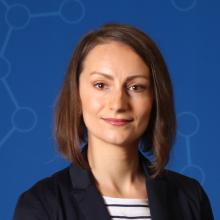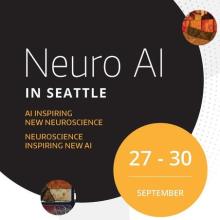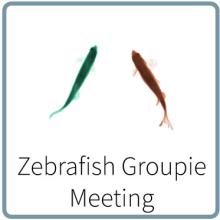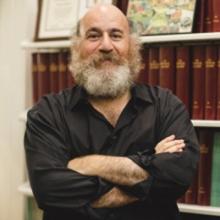Upcoming Events!
Past Events

Higher cortical areas carry a wide range of sensory, cognitive, and motor signals supporting complex...
Higher cortical areas carry a wide range of sensory, cognitive, and motor signals supporting complex goal-directed behavior. These signals are mixed in heterogeneous responses of single neurons, making it difficult to identify underlying mechanisms. I will present two approaches we developed for revealing interpretable circuit mechanisms from heterogeneous neural responses during cognitive tasks. First, I will show a flexible statistical framework for discovering single-trial neural population dynamics from spikes. Our framework simultaneously learns the dynamics and their nonlinear embedding in the neural activity space without rigid parametric assumptions. We applied this framework to recordings from the primate cortex during decision-making. The discovered dynamics were inconsistent with simple hypotheses proposed previously and instead revealed an attractor network mechanism. Second, I will show an approach for inferring an interpretable mechanistic model of a cognitive task—the latent circuit—from neural response data. Our theory enables us to causally validate the inferred circuit mechanism via patterned perturbations of activity and connectivity in the high-dimensional system. This work opens new possibilities for deriving testable mechanistic hypotheses from complex neural response data.

Santiago and James would like to get your feedback on the work they will be presenting at the...
Santiago and James would like to get your feedback on the work they will be presenting at the NeuroAI meeting in Seattle:
- Santiago Jaramillo, Learning from combinations of active training and passive exposure to sounds
- James Murray, Distinguishing learning rules with brain-machine interfaces


The ION Retreat will be held from Noon Saturday through lunch on Sunday. More details to come.
The ION Retreat will be held from Noon Saturday through lunch on Sunday. More details to come.




Bill Bialek (Princeton/CUNY) will be holding an in-person AMA (Ask Me Anything) on "The future of...
Bill Bialek (Princeton/CUNY) will be holding an in-person AMA (Ask Me Anything) on "The future of Neuroscience and Biophysics" on Thursday 8/25 at 4pm in the Knight Campus Beetham Seminar room (1st floor). Zoom option available (link on ION mailing page or contact Luca Mazzucato).
This event will be a great opportunity to discuss new directions and outstanding questions with one of the deepest thinkers at the interface of biology and physics!


